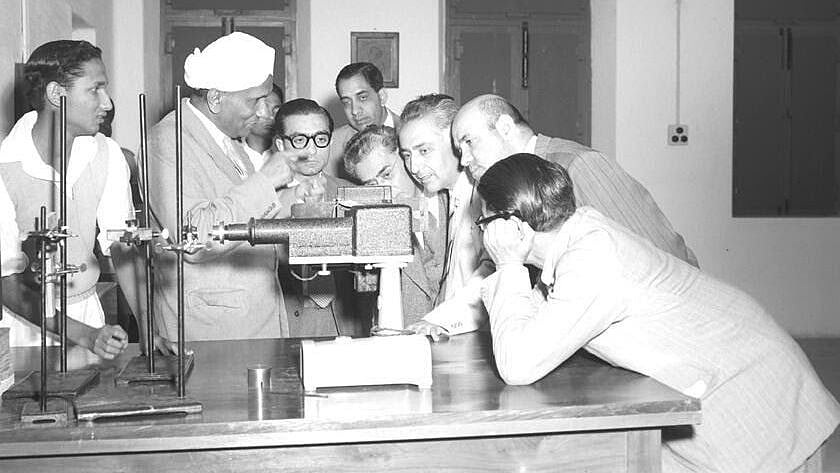Sir Chandrasekhara Venkata Raman, the Nobel Prize-winning physicist, made history as the first Asian and person of colour to receive the prestigious award in 1930 for his discovery of the Raman Effect.
Key Takeaways
- First Asian and person of colour to win Nobel Prize in Physics (1930)
- Discovered the Raman Effect, revolutionizing light scattering studies
- Awarded Bharat Ratna, India’s highest civilian honor, in 1954
- Completed master’s degree by age 16 and joined civil service at 19
Early Life and Education
C.V. Raman was born on November 7, 1888, in Tiruchirappalli, Tamil Nadu, to parents Chandrasekhar Ramanathan Iyer, a mathematics and physics lecturer, and Parvathi Ammal. He was one of eight siblings in the family.
Displaying exceptional intelligence from childhood, Raman graduated from Presidency College at the University of Madras in 1904 at just 16 years old, being the only student to receive first division honors. He continued to earn his Master’s in Physics from the same institution.
In 1907, he married Lokasundari Ammal, and the couple had two sons named Chandrasekhar and Radhakrishnan.
Fascinating Facts About C.V. Raman
Beyond his scientific achievements, Raman led a remarkable life filled with interesting anecdotes and personality traits that defined the legendary scientist.
- Early Career: At only 19 years old, after completing his education, Raman joined the Indian Finance Service in Calcutta as an assistant accountant general.
- Humble Beginnings: Raman often remarked that he was “born with a copper spoon in his mouth,” reflecting his modest background.
- Health Challenges: Despite his brilliant mind, Raman struggled with poor health during his career and was often considered a “weakling.”
- Playful Nature: Known as a prankster, Raman once famously tricked India’s first Prime Minister Jawaharlal Nehru into believing copper was gold using UV light rays.
- Inspiration for Raman Effect: When asked about the inspiration behind his optical theory, Raman revealed: “In the summer, a voyage to Europe gave me the first opportunity to observe the wonderful blue opalescence of the Mediterranean Sea.”
The legacy of continues to inspire generations of scientists in India and worldwide, with his groundbreaking work remaining fundamental to modern physics.




